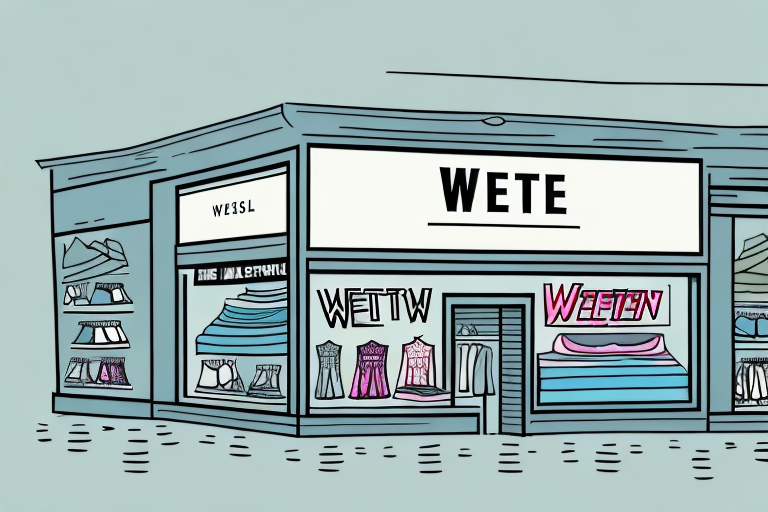Introduction to Eastman Kodak
Eastman Kodak, once a household name and an industry leader in the photography business, experienced a dramatic decline that ultimately led to its downfall. This article delves into the various factors that contributed to Kodak’s failure to adapt and discusses the lessons that can be learned from its demise.
A Brief History of Eastman Kodak
Founded in 1888 by George Eastman, Eastman Kodak was initially known for its production of photographic plates and paper. With the introduction of the iconic Kodak Brownie camera in 1900, the company revolutionized the photography industry by making photography accessible to the masses. Over the decades that followed, Kodak continued to innovate, introducing color film, instant cameras, and becoming a household name synonymous with photography.
The Dominance of Eastman Kodak in the Photography Industry
For much of the 20th century, Eastman Kodak held a dominant position in the photography industry. Its film and camera products were widely used and trusted by both professional photographers and amateurs alike. Kodak’s strong brand recognition and extensive distribution network allowed it to maintain a significant market share, making it a formidable force to reckon with. However, this dominance would not last forever.
The Rise of Digital Photography and its Impact on Eastman Kodak
The emergence of digital photography in the late 20th century marked a significant turning point in the industry. Despite being a pioneer in digital imaging technology, Kodak failed to recognize the true potential of this disruptive technology. As digital cameras became more advanced and affordable, they gained popularity among consumers, threatening the demand for traditional film-based photography.
The Failure to Recognize the Potential of Digital Cameras
One of the most critical missteps made by Eastman Kodak was its inability to recognize the transformative power of digital cameras. While early digital cameras lacked the quality and convenience of film-based photography, the technology rapidly advanced. Kodak, however, remained fixated on its traditional film business, failing to invest adequately in digital camera development and market research.
Kodak’s Reluctance to Embrace Change and Innovation
In an industry where adaptation to new technologies is key, Kodak’s reluctance to embrace change proved to be a significant hindrance. The company’s deep-rooted commitment to its traditional film business created a complacency that prevented it from effectively responding to the rise of digital photography. Kodak’s focus on protecting its film market share rather than exploring and investing in digital photography led to missed opportunities and a gradual erosion of its dominant position in the industry.
The Missed Opportunities in the Digital Photography Revolution
As digital photography gained momentum, Kodak failed to capitalize on the various opportunities that arose. Despite having early patents for key digital imaging technologies, the company struggled to bring them to market effectively. Kodak’s inefficient management practices and bureaucratic structure hindered its ability to quickly adapt and innovate in response to changing market dynamics. Consequently, competitors, such as Canon and Nikon, emerged as leaders in the digital photography market, leaving Kodak playing catch-up.
The Shift from Film to Digital: How Kodak Fell Behind
As digital photography continued to gain ground, the demand for traditional photographic film steadily declined. Kodak’s heavy reliance on film sales for revenue left it vulnerable to this shift. While other companies embraced the digital revolution by diversifying their product offerings and providing digital solutions, Kodak struggled to adapt its business model and bridge the gap between the declining film market and the emerging digital market.
The Consequences of Ignoring the Rise of Smartphones for Kodak
In the early 2000s, the rise of smartphones with built-in cameras further disrupted the photography industry. Kodak, too slow to acknowledge the significance of this trend, failed to develop a strong presence in the smartphone market. As smartphones became the primary cameras for many consumers, Kodak missed out on a significant market opportunity and lost further ground to its competitors.
Kodak’s Slow Response to the Changing Consumer Behavior
As the digital revolution fundamentally changed consumer behavior and preferences, Kodak struggled to keep pace. The company’s slow response to changing consumer demands and its inability to pivot quickly towards digital solutions severely impacted its market competitiveness. By the time Kodak began making significant strides in digital photography, it had already lost significant ground to its competitors, and its brand image suffered as a result.
The Downfall of a Giant: Eastman Kodak’s Financial Struggles
The decline of Kodak’s film business and the company’s failure to effectively transition to digital photography had severe financial consequences. In the early 2000s, Kodak’s profits plummeted, and it struggled to generate sustainable revenue streams. Mounting debt, declining market share, and fierce competition led to a downward spiral that ultimately culminated in bankruptcy in 2012.
Bankruptcy and Restructuring: Desperate Attempts to Save the Company
Kodak’s bankruptcy filing was a sobering wake-up call for the once-mighty photography giant. In an attempt to salvage the company, Kodak underwent a significant restructuring process. It focused on its core strengths in commercial printing, packaging, and functional printing, divesting its remaining traditional photography businesses and streamlining its operations. While it managed to emerge from bankruptcy in 2013, the damage to Kodak’s reputation and market position was irreversible.
Lessons Learned: What Other Companies Can Learn from Kodak’s Failure
Kodak’s downfall offers valuable insights that companies in any industry can learn from. Firstly, complacency and resistance to change can be detrimental to long-term success. Companies must continuously innovate and adapt to survive in rapidly evolving markets. Secondly, recognizing and embracing disruptive technologies is crucial for future-proofing a business. Ignoring or underestimating emerging trends can lead to missed opportunities and irrelevance. Lastly, diversification and a willingness to explore new revenue streams can help companies mitigate risks associated with market shifts.
The Legacy of Eastman Kodak: What Remains Today
Although Eastman Kodak’s decline may seem like a cautionary tale, there are still remnants of its once-dominant presence in the photography industry. The Kodak brand, though vastly different from its heyday, continues to exist, albeit in a much smaller capacity. Today, Kodak focuses primarily on commercial printing, packaging solutions, and digital printing technologies. While its presence in the consumer photography market may have diminished, the legacy of innovation and imaging technology that Eastman Kodak pioneered will forever remain.
Conclusion: A Failure to Adapt and the Demise of a Once Iconic Brand
The decline of Eastman Kodak serves as a stark reminder of the importance of adaptability, innovation, and foresight in a rapidly evolving marketplace. Kodak’s failure to recognize and respond effectively to the rise of digital photography, its reluctance to embrace change, and its inability to capitalize on emerging trends ultimately led to its downfall. The story of Kodak offers valuable lessons for businesses of all sizes, highlighting the need for constant evolution and staying ahead of the curve in order to remain relevant and competitive in the face of disruptive technologies.







